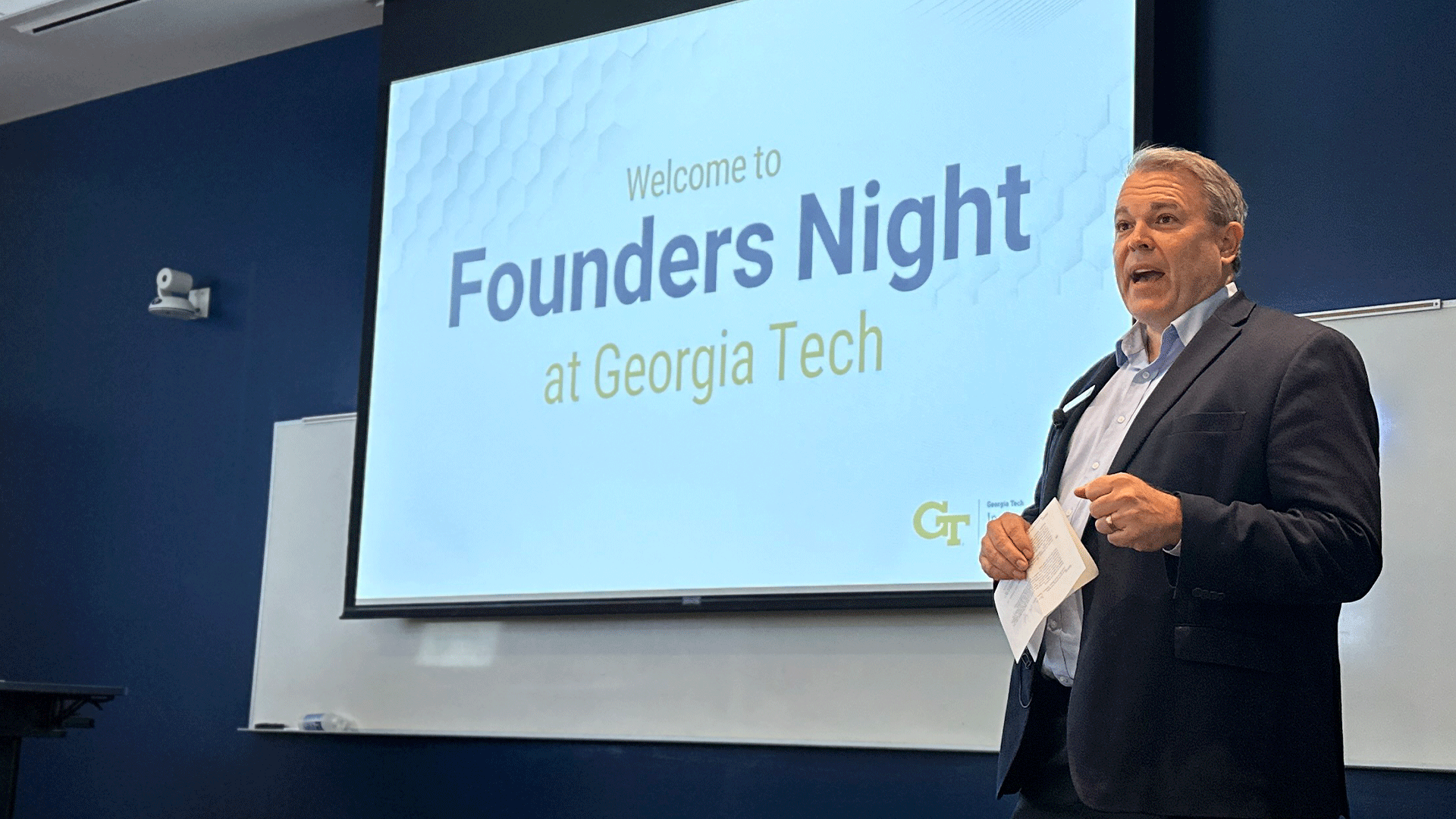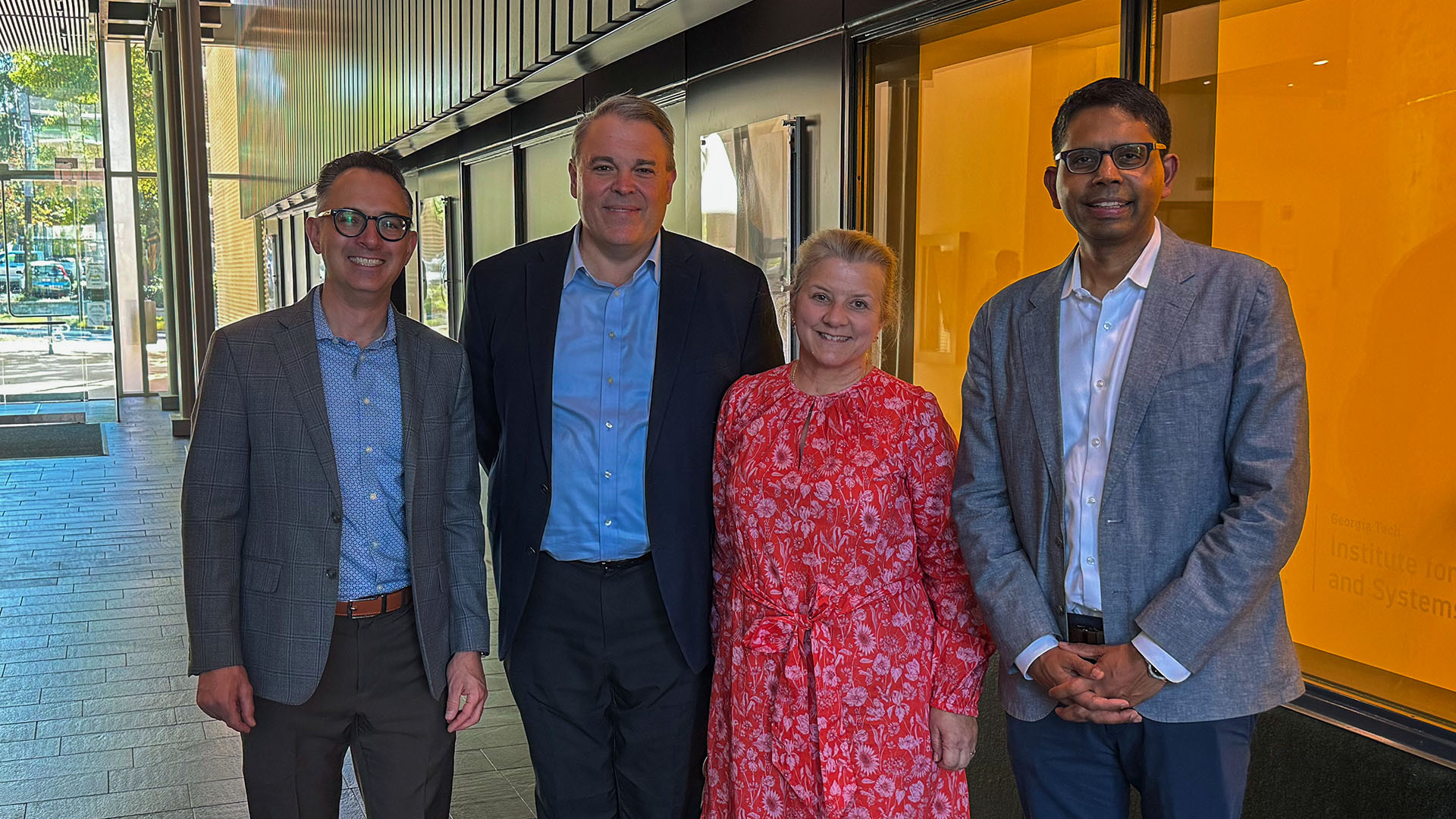Nov. 13, 2025
A neuron is more than just a neuron. These cells, found throughout the nervous system and the brain, work together in circuits that perform the complex calculations needed for our perception, memory, behavior, and cognition. This means that breakthroughs in neuroscience don't just rely on biology or medical knowledge, but also on the quantitative skills needed to understand and model these circuits. Faculty at Georgia Tech use their expertise in engineering, math, and computer science to apply common principles of these disciplines to neuroscience research. Within the Institute for Neuroscience, Neurotechnology, and Society (INNS), neuroscientists use these quantitative methods to understand how humans think, treat disorders such as Parkinson’s and Alzheimer’s, and better understand psychiatric disorders.
![<div><p><em>Dobromir Rahnev’s research in the Computations of Subjective Perception Lab focuses on metacognition. [Photo by Rob Felt]</em></p></div> Researcher adjusting a device on another person’s head in a lab, with a computer displaying brain imaging data and a mounted camera in the background.](/sites/default/files/styles/wide/public/news/2025-11/Doby.jpg.webp?itok=iCoZ2jTK)



